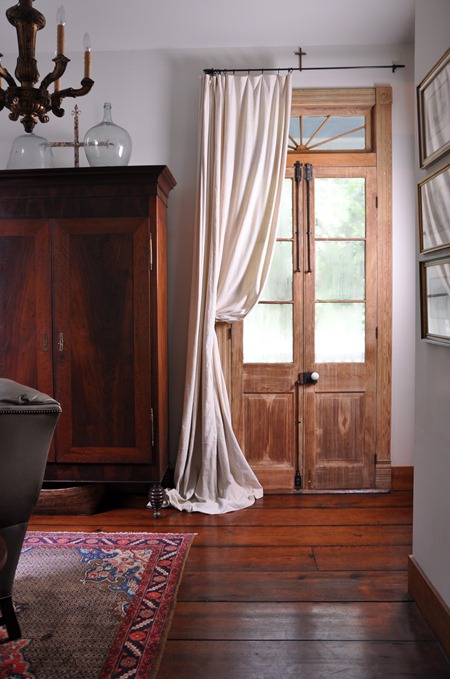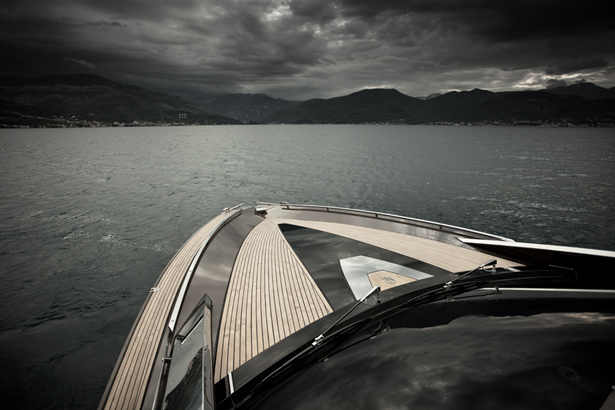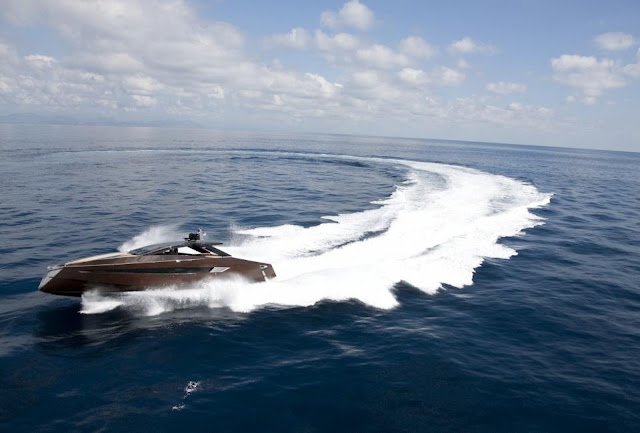Editors Note: This post will be a lot more fun to read if you can play this YouTube Fleetwood Mac video at the same time.
Fleetwood Macs' Lindsey Buckingham and his wife Kristen remodeled their LA house from the ground-up in 1999. The exterior of their newly rebuilt home was a mix of Spanish/Mediterranean revival style. For the interior, they hired decorator Madeline Stuart.
The outside architecture was influenced by Wallace Neff, the famous California architecture who built large houses that overlooked the Pacific ocean.
Fleetwood Macs' Lindsey Buckingham and his wife Kristen remodeled their LA house from the ground-up in 1999. The exterior of their newly rebuilt home was a mix of Spanish/Mediterranean revival style. For the interior, they hired decorator Madeline Stuart.
Elle Decor, Simon Upton
Elle Decor, Simon Upton
He became collectively known for his use of tiled roofs, wood front double doors, barrel-vaulted ceilings, wrought-iron railing stairways. His style was secured in the 50s.
The Buckinghams house is easy on my eyes...to say the least! It's a great mix between fresh, ecclectic, balanced and rustic.
It isn’t one of those interiors that looks amazing in a magazine, but that’d be really hard to maintain its clean look. This home looks inviting, lived in, and natural.
 |
| Wallace Neff Designed Home, Source |
Simon Upton Photgraphy
(And I love this photo because there's a black doodle in there too:)
 |
| Simon Upton |
Simon Upton Photography, Madeline Stuart
 |
| Simon Upton Photography, Madeline Stuart Design |
And I like that there’s dark, natural wood—unpainted. Why is it that more and more designers are painting beautiful wood?
Elle Decor, Simon Upton
Simon Upton
Kristen dedicated a few years transforming her home into something that radiated her authenticity and personal tastes. One of the things they worked hard at was finding unique, vintage pieces to fill the rooms. She became obsessed with locating certain elements, like the tobacco colored Terra-cotta floor and the reclaimed bricks.
Simon Upton
What I found really intriguing about this story is that today, you can read about Kristen’s instinctive remodel of her home on the 1stdibs Introspective Magazine. Personally, I think if you make onto 1stDibs Introspective, by all accounts, you've made it as an artist.
Apparently, she gained a passion and, to some extent, a knowledge about decorating from the whole experience.
Buckingham Garden, Elle Decor
Apparently, she gained a passion and, to some extent, a knowledge about decorating from the whole experience.
After Kristen finished her home, she liked it so much, she couldn’t let go. Today, you can find her decorating company has expanded to her opening a boutique.
About the store, she says
About the store, she says
“When I worked with Madeline on our first house, we would often design custom furniture whenever we couldn’t find anything to fit the bill. Whether it’s an idea that could be shaped into a new table or chair or a vintage objet d’art I found on my travels, I wanted to share the excitement I feel every time I see great design. This store fulfills this perfectly.”
K. Buckingham's LA shop
Although I imagine that doors open easier when your husband is a member of Fleetwood Mac, still, it requires interest, desire and discipline to continue the effort.
Elle Decor, Simon Upton
I really like what she’s done to her own home (with the help of Madeline Stuart), and I’ll be curious to see other homes she designs.
-Tara
-Tara





















































